|
|
| |
Caño Negro Wildlife Refuge
|
| |
|
|
Size: 9.969 hectares.
Distance from San José: 291 kilometers.
Trails: Limited.
Dry season: January through April. |
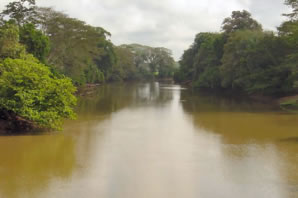 |
| |
|
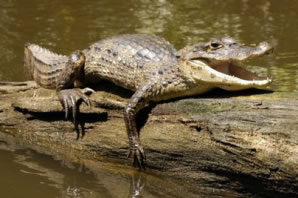 |
This wilderness area of this
park is made up of a big lake and the marshlands surrounding it,
made by alluvial sediments. It covers an expanse of approximately
800 hectares and its 3 meters deep. During the dry season
the lake almost dries up completely. |
| |
|
This refuge is gaining popularity
amongst nature oriented tourists. The reason is that the lake
fills at the beginning of the rainy season with the runoff from
the river Frio. This natural phenomenon creates a perfect environment
for birds to procreate, thus providing a bird-watcher's paradise. |
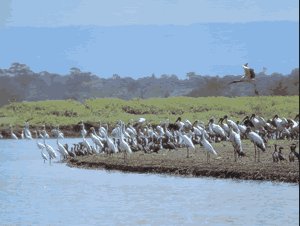 |
| |
|
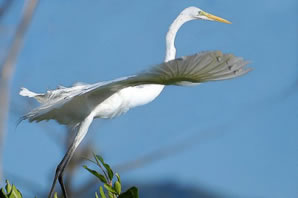 |
The variety of birdlife is astounding,
in this park the visitor can find spoonbills, white ibis, northern
jacana, woodstork, jaribu (which is the largest bird, and seriously
endangered), ducks, and cattle egret. The refuge also protects
the only permanent population of Nicaraguan grackle, an endemic
bird of the Lake Nicaragua Basin. |
| |
|
There are also many endangered
animals being protected here like pumas, jaguars, ocelots and
caymans, as well as some more common species such as monkeys,
peccaries, raccoons, otters, sloths and deer.
|
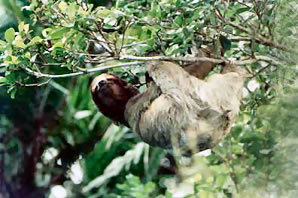 |
| |
|
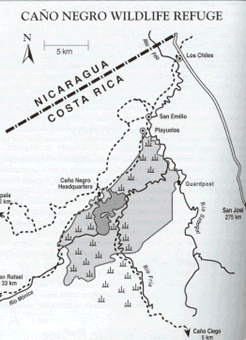 |
The refuge lies close to the settlement
of the Malekus, direct descendants of the Guatuso Indians that once
lived in the area. This reserve is located 165 kilometers straight
north from San José, southeast of the town of Los Chiles, near the
Nicaraguan border. |
| |
|
| Map of Costa Rica and its National Parks |
| |
|
|





